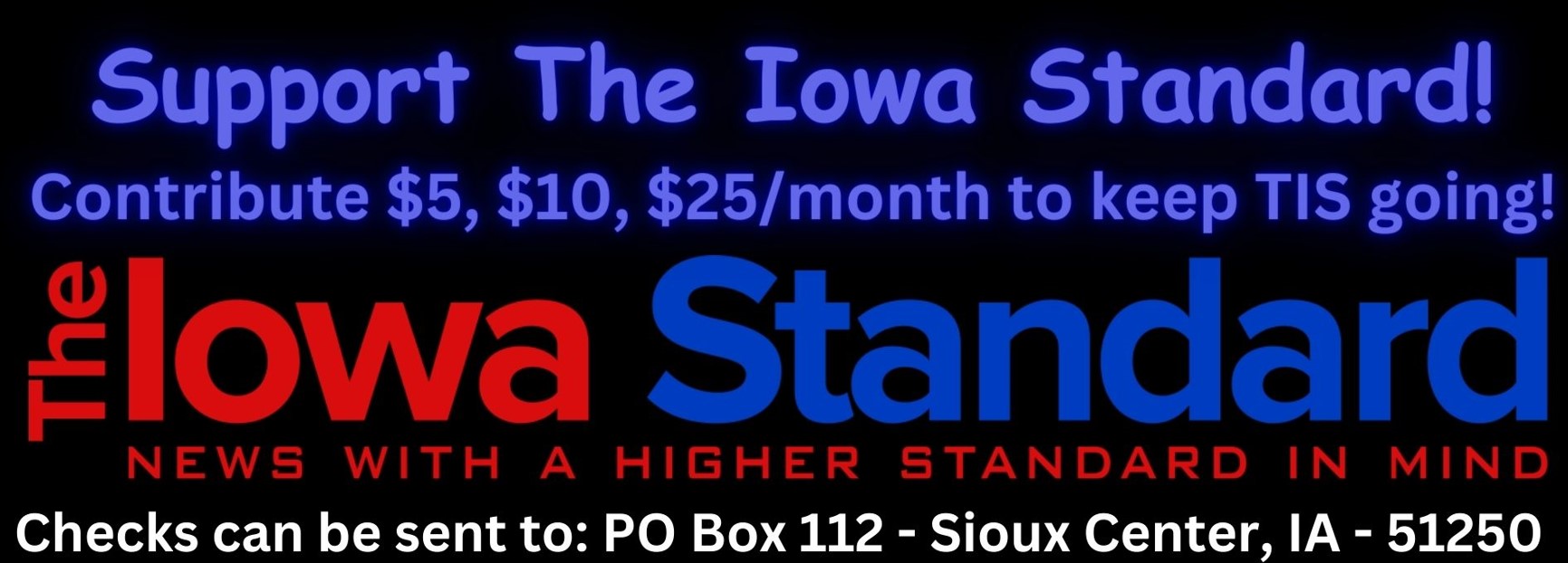As we look forward to the next decade, there is a lot for which to be grateful.
Iowa’s industry is booming and unemployment is at historic lows.
Globally, poverty is plummeting, with many millions of people gaining access to basic amenities like electricity and sanitation for the very first time.
The information age creates abundant opportunities for growth and evolution for each and every individual.
But there are also many challenges facing our society:
Children’s’ Health Crisis
We may be rich but our health is lacking. Chronic disease is on the rise. The increasing numbers of children with autism, ADHD, diabetes, and many various other conditions will certainly put immense pressure on healthcare costs in the future.
As you might imagine, this children’s healthcare crisis is also putting enormous stress on our public school system.
My biggest assignment in the Iowa House is the Education Committee. This week, we met with the Department of Education to hear from department staff.
The main achievements of Iowa’s education system have been incorporating more work-based learning and expanded computer science instruction. Most notable is access to the work-based learning clearinghouse through the Future Ready Iowa program.
This is a positive development because a frequent complaint of high school students is not having enough coursework that’s relevant to their career.
But instead of discussing those achievements, the committee’s conversation was dominated by questions regarding the behavioral and psychiatric crisis affecting students.
Of particular interest is the practice of classroom clears and seclusion rooms in elementary education. This is where behavior is so disruptive that a child needs isolation, or sometimes the entire classroom needs to be vacated to give the kid space. It’s important not to traumatize the other kids when a student is needing restraint. The State Board of Education is in the process of revising rules on these practices, giving teachers the authority to act in their best interest whenever there is risk of bodily injury.
A lot of the discussion centered around the need for better data and identifying patterns of behavior for particular kids. Federal rules tell educators to place students with special needs in their least restrictive environment. As the numbers of students with special needs rises, the applicability and wisdom of the least restrictive environment dictate is being questioned.
I asked the department, “what theories are there that could possibly explain the sharp rise in behavior and psychiatric disorders among children?”
I was told there are a few theories out there but they are very controversial.
Children’s mental health will obviously be shaped by a number of factors. Home life and parenting is usually the first topic of discussion. Then the nature of increased expectations and demands of young people is often mentioned. For adolescents, a toxic social media culture is usually noted.
The more controversial theories for young children question the foods and pharmaceuticals that children consume, and environmental toxins and contaminants that are common in the industrialized world, especially in utero exposure.
The Iowa Legislature as a body is certainly capable of collecting taxes and spending money. But when faced with enormous challenges, sometimes I question if we have the capability of even asking the right questions.
I expect the Iowa House to approve another $100 million for public education in the coming weeks. But absent a greater level of exploration of these topics I fear our children’s health, and the stress it places on our cherished public educators, will only get worse.
Suicide Epidemic and the Meaning of Life
Probably the most alarming data point is that suicidal ideations has risen 59% among 11th graders from 2012 to 2018. Suicide recently became the number one cause of death of young men in America.
To me, this indicates a crisis of identity, and a crisis of meaning in the psychology of our society.
What I find unbelievably frustrating about working in the Iowa House, is the seeming inability for many legislators to ask bigger picture questions on these alarming social trends.
Last year I served on a subcommittee for HF 504, which would mandate suicide prevention education in high school. It strikes me as lazy and uncreative when government acts as if a mandate, like waving a magic wand, can alleviate a problem.
I wondered aloud if anyone bothered to ask these students what factors motivate their suicidal thoughts. Not surprisingly that question had not been asked, thus limiting our understanding of what’s driving the data.
This year, legislators are suggesting in HF 2409 to print a suicide prevention hotline on the back of student identification cards.
I suppose I can sympathize with the intention, but if I was a student I’d be irritated being reminded of the tragedy of suicide every time I glance at my school ID.
My understanding of the psychology motivating suicide is that individuals feel their life has no meaning, no significance, and is thus not worthy of even living.
Inspired by a message that my high school literature teacher gifted graduating seniors, I’m countering with my own proposal:
Include an eloquent and uplifting message affirming the value of human life on the back of student IDs, such as:
“No matter the setting, circumstances, or crowd, remember that you are immensely valuable as you. Stand firm in your feelings, values, and intuition and know that it is you who holds your life path in your hands. You are important, unique, and irreplaceable. Live so you celebrate that truth”
Creating a culture where each and every child instinctively knows their innate value and worth to the world is the only approach worth considering.
I hope I can be a part of this solution through my service as State Representative.
Thank you for all you do to make Iowa peaceful and prosperous!












